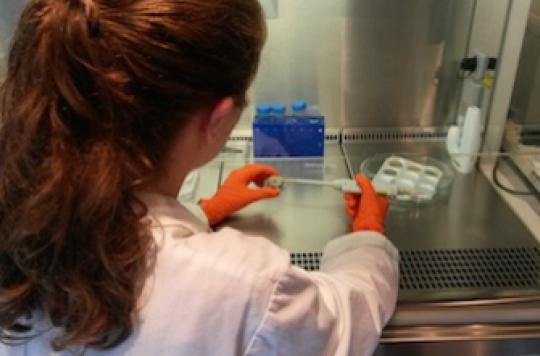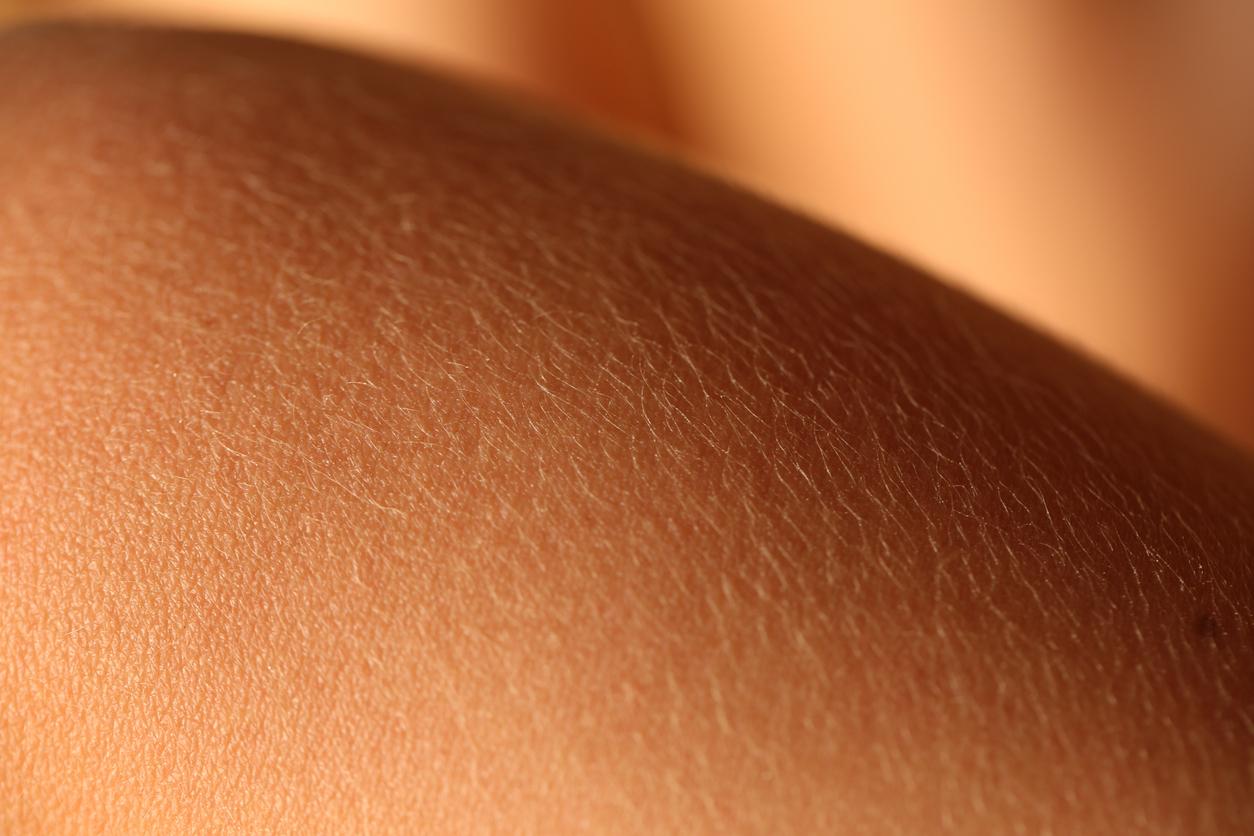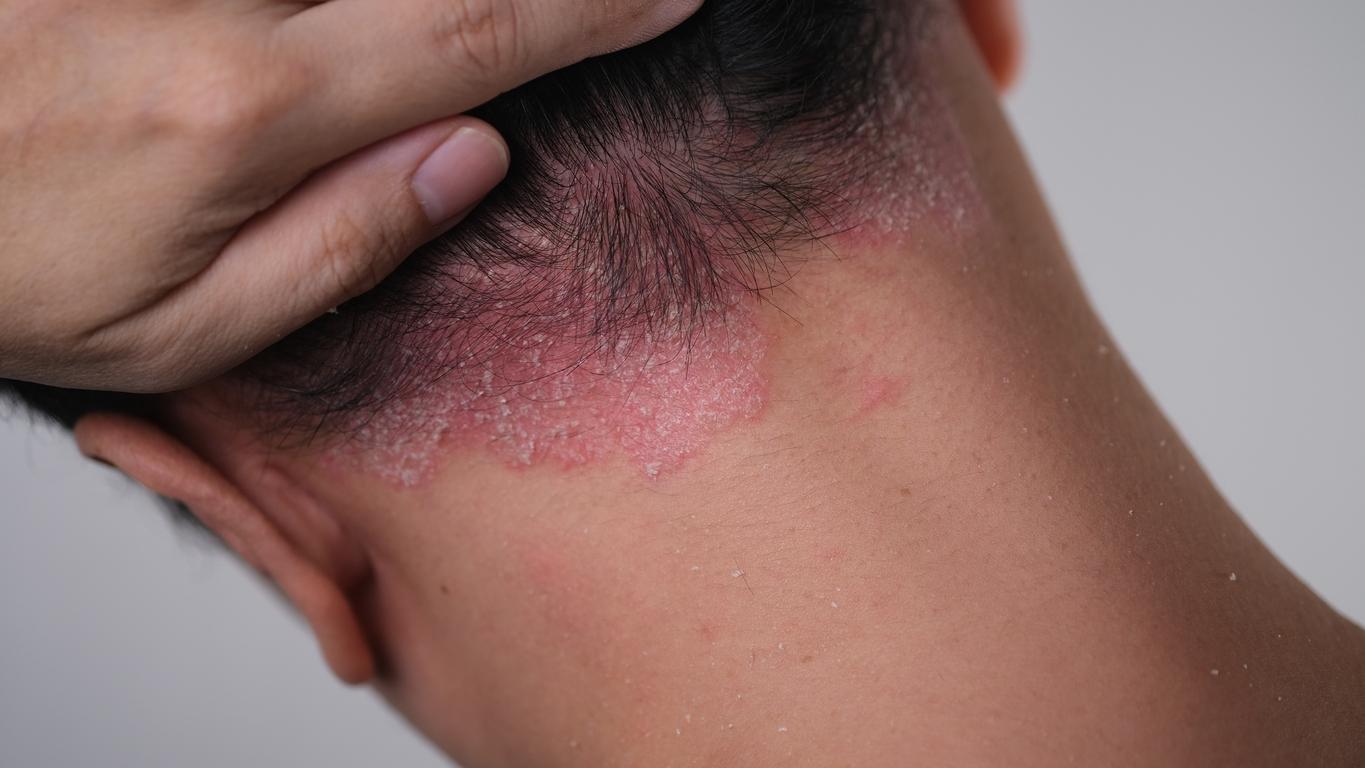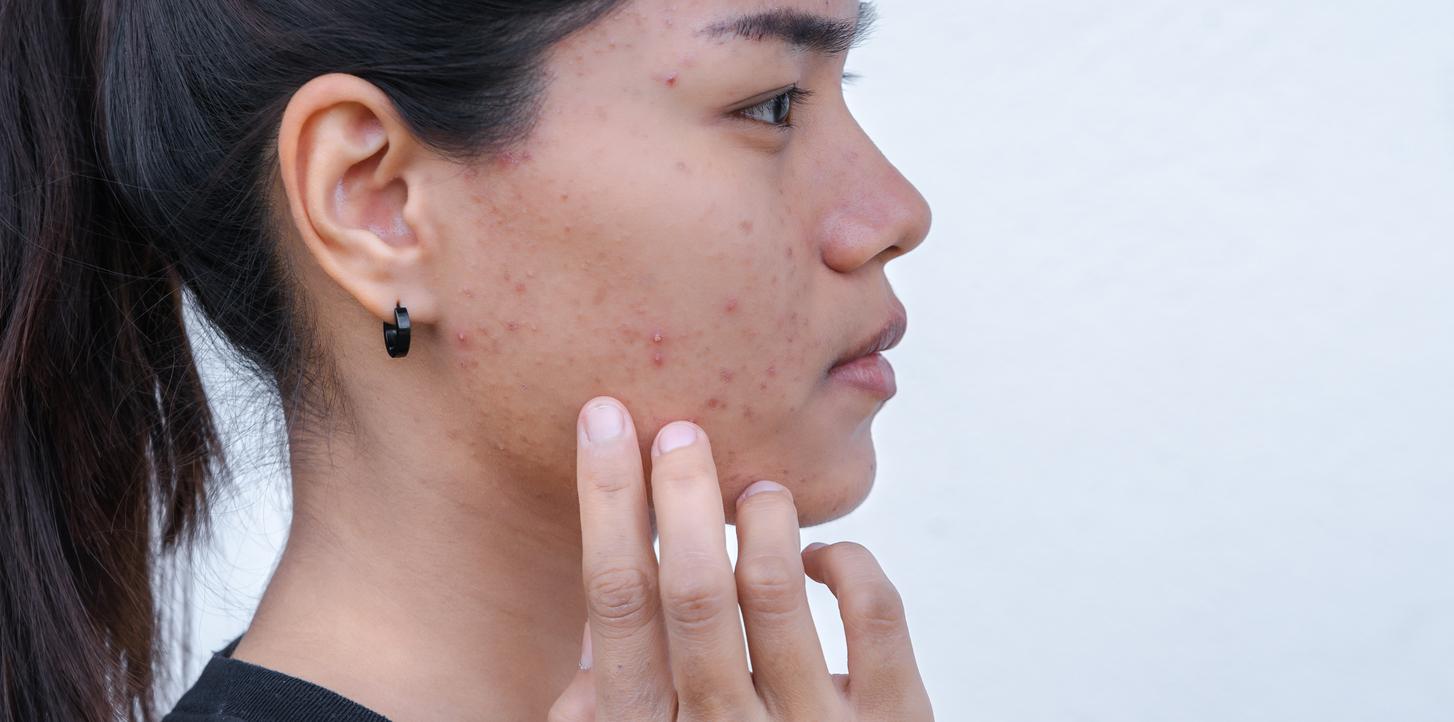They are the hope of cosmetics, pharmaceutical research and doctors: living tissues printed in 3D are developed in Bordeaux. Report in a unique laboratory.

Skin 3D printed from stem cells. Still underdeveloped, the technique has been fascinating for a few years. In France, a laboratory is working on the development of this “tissue bioprinting”. why actor takes you on a tour of this mixed laboratory of Inserm and the University of Bordeaux (Gironde), directed by Fabien Guillemot.
Print skins and corneas
Bioprinting of living tissue is a technique that allows, using stem cells, to recreate certain tissues of the human body. Within Inserm’s 2016 unit, researchers and engineers are focusing on skin and corneas. They achieved this for the first time in 2006.
The printing of living tissue is carried out in five steps. First, you have to define what you want to print, design the shape and how the elements will print and cut the different structures into as many layers. The stem cells are then imprinted on a cultured tissue made up of cartilage. Once printed, the cells will be placed in a storage space at 37 ° C, body temperature, where they will mature into a cohesive tissue.
Watch the report produced by why actor :
5 different cell types
Several printing techniques exist. Fabien Guillemot and his team use laser bioprinting, which is one of the most precise. An invisible laser sends out pulses that imprint drops of cell suspension on cultured tissue. In 10 minutes it is possible to obtain a total skin of about 1 cm2. Thanks to laser bioprinting, cells of any size can be printed.
In the Bordeaux laboratory, 5 types of cartridges are used, each corresponding to a different type of cell. Most often, the Inserm team uses three types of cells: fibroblasts – found in tendons and cartilages -, melanocytes – which pigment the skin and hair – and keratinocytes – which constitute 90% of the epidermis. But the prospects are much broader: “If we assemble all the existing technologies, we can print almost all the cells,” says Fabien Guillemot.
Recreate blood vessels
Two major challenges remain to be taken up in order to take the next step: the use of printed fabrics in cosmetics, pharmacology or even in the treatment of burns. The first will be to understand how to form the most complex tissues from printed cells. The second will be to vascularize the tissues obtained by bioprinting. For two or three years, researchers in Bordeaux have been trying to print cells that will assemble to form capillaries, small blood vessels. “Once lifted, this lock will make it possible to manufacture fabrics in large volumes,” emphasizes Fabien Guillemot.
However, organ bioprinting remains the domain of science fiction in the eyes of the researcher. Organs are made up of many different and complex structures, and not all of them are understood yet. On the other hand, it cannot be ruled out that the 3D printing of inert materials (plastics, polymers, etc.), already used in medicine, and bioprinting collaborate: “We can imagine that parts of an artificial heart are produced by 3D printing techniques, whether inert material or bioprinting. “
.















